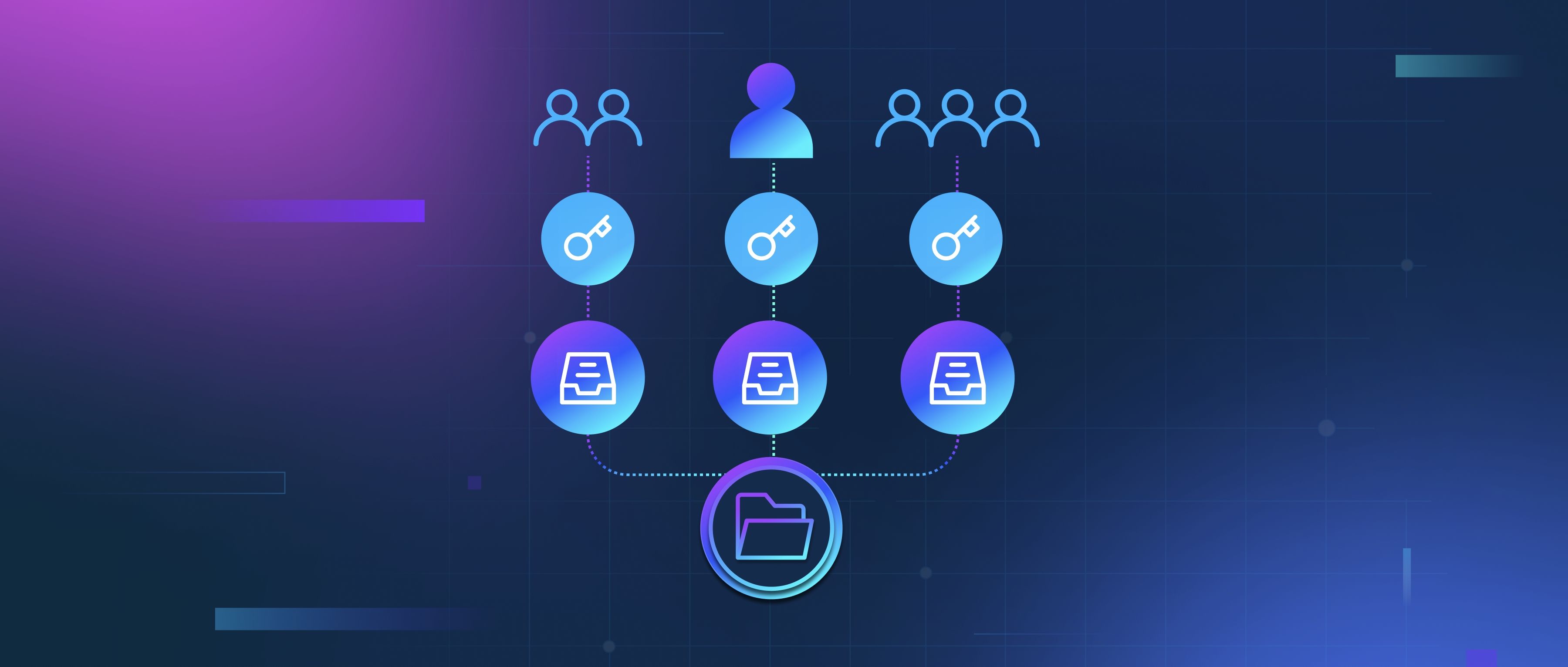LangChain supports retrieval-augmented generation (RAG) by integrating document retrieval capabilities with language generation models in a seamless manner. RAG combines the strengths of both retrieval and generation to enhance the quality of responses by using relevant external information during the generation process. With LangChain, developers can build applications that access a wide range of data sources, retrieve pertinent information, and then use that information to generate more accurate and contextually relevant responses.
In LangChain, developers can define a retrieval system, such as a vector store or a database, that holds the documents or data from which information can be sourced. The framework allows for the easy setup of document loaders, which can import text from various formats such as PDFs, web pages, or databases. Once the documents are stored, LangChain can retrieve relevant passages based on user queries using techniques like semantic search. For example, if you're building a chatbot that assists with questions about a specific topic, you can source supporting documents and ensure the responses generated by the AI are informed by the retrieved content.
Finally, the integration of the retrieval process with language generation models in LangChain allows for a smooth transition from data retrieval to content generation. Developers can design their applications so that after the relevant documents are fetched, they are fed into a language model that generates a response based on that information. This approach helps in producing responses that are not only context-specific but also accurate, as they are supported by real-world data. Overall, LangChain’s features facilitate a user-friendly and effective way to implement RAG in various applications, enhancing user experience and precision in responses.
